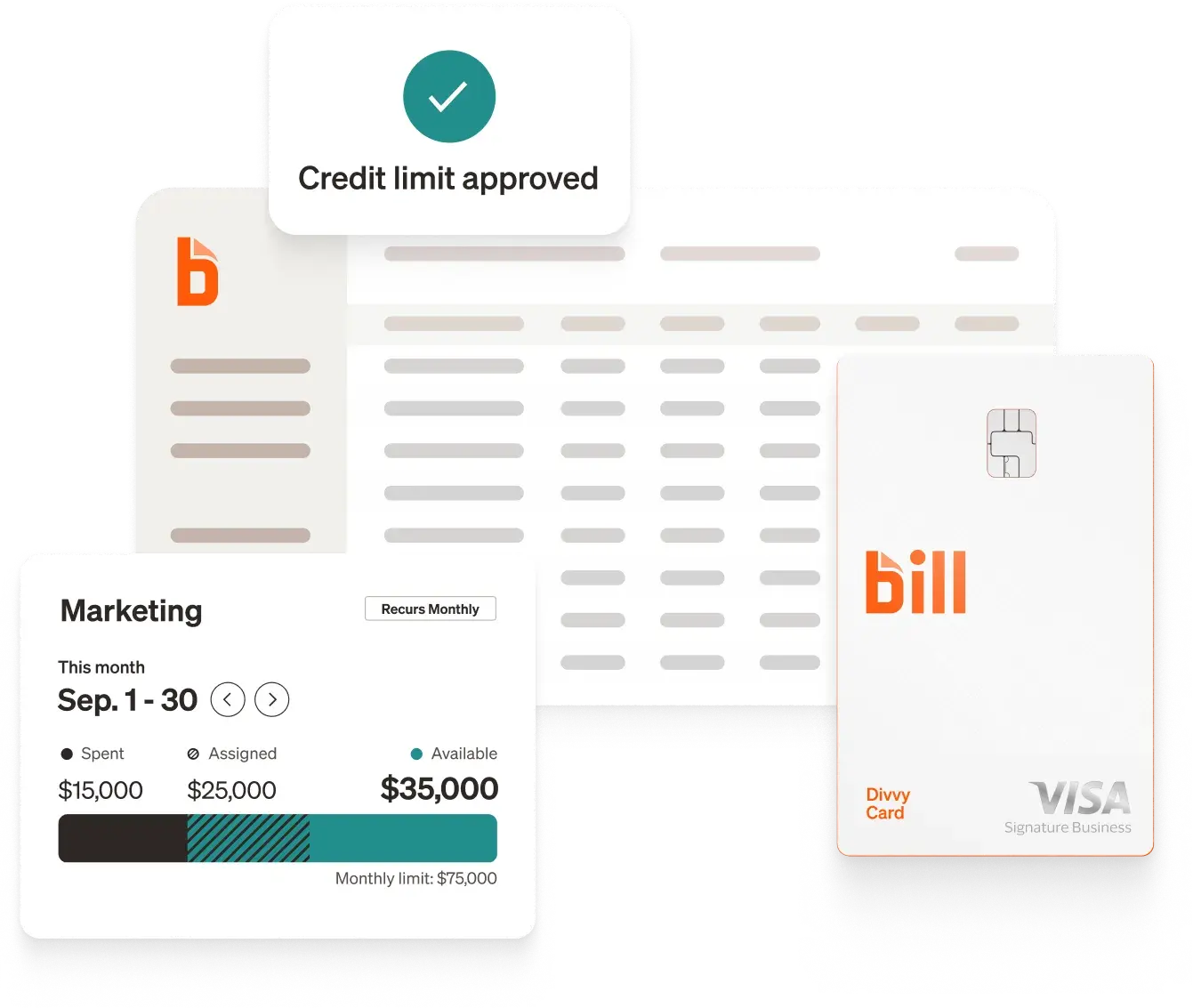What is bank reconciliation?
Bank reconciliation involves comparing your accounting and financial records with your bank activity to ensure the transactions and balances match. It’s an essential part of audits, tax preparation, and accurate recordkeeping.
Catching discrepancies could mean there’s an error in your recordkeeping that needs to be fixed, or worse, that fraudulent transactions have taken place. In both cases, it’s time to dig into the transaction history to figure out what’s happening.
Regularly performing a bank reconciliation helps you catch and fix any errors before they have a lasting effect. Your financial statements stay accurate and up-to-date so they can be used to inform business decisions.

What is a bank reconciliation spreadsheet?
A bank reconciliation spreadsheet is a type of electronic document, typically created using spreadsheet software like Microsoft Excel or Google Sheets, that helps individuals or businesses reconcile their bank statements with their internal financial records. It provides a structured layout where you can input and compare the transactions recorded in the bank statement with those in your accounting system.
Why use a bank reconciliation template?
Bank reconciliations are an essential step in the accounting process and it’s something that you’ll be doing on a recurring basis. This means you reap these benefits of using a template every day, week, or month you do bank reconciliation:
- Time-saving: A bank reconciliation template streamlines the process of turning cash activity into a bank reconciliation. The template is designed to make capturing the essential information seamless and easy, saving you time.
- Consistency: The structured format of a bank reconciliation template ensures you’re getting the same quality of output every single time. It also reduces the chance of missing an essential detail in your work.
- Reducing guesswork: No matter your financial know-how, you’ll get an accurate, properly formatted bank reconciliation when using a template. Simply fill in the spaces to get a finalized document you can work with.
- Customize easily. As you use our bank reconciliation template over time, you'll find new ways to tailor it to your operations, saving you time and bringing need-to-know information to the surface.
- Accountability. By cutting down on the workload, bank reconciliations become more manageable. This means you're more likely to keep yourself accountable for getting your financial reporting work up-to-date.
How to prepare a bank reconciliation template
Here’s how to do a bank reconciliation in Excel:
Step 1: Download bank reconciliation Excel template.
Step 2: Add business information.
Step 3: Input deposits.
Step 4: Input payments.
Step 5: Check for discrepancies.
You can find more detailed instructions on how to use our bank reconciliation template upon download.
Bank reconciliation template FAQ
What is the purpose of a bank reconciliation template?
The purpose of a bank reconciliation template is to help individuals or businesses reconcile their bank statements with their internal financial records. The statement outlines the deposits, withdrawals, and other activities affecting a bank account for a specific period.
A bank reconciliation statement is a useful financial internal control tool used to detect and prevent fraud. They also help identify accounting and bank errors by providing explanations of the differences between the accounting record’s cash balances and the bank balance position per the bank statement.
What information does a bank reconciliation sheet include?
Typical components in a bank reconciliation sheet include:
- Opening Balance
- Deposits
- Outstanding Checks
- Bank charges and fees
- Interest Earned
- Bank Errors
- Adjustments
- Reconciled Balance
How often should I perform a bank reconciliation?
How often you perform a bank reconciliation depends on the quantity of transactions and complexity of your accounting.
For small businesses processing 20 or less transactions in a month, a monthly bank reconciliation should suffice.
But as you start to increase that transaction amount, bank reconciliations should be a more frequent process.
Remember that the purpose of a bank reconciliation is to capture any mistakes or potential fraud. As your transaction volume increases, it’s more likely these things slip by without being caught.
What should I do if I find a discrepancy during reconciliation?
Finding a discrepancy means it’s time to thoroughly audit your deposits and withdrawals.
Start by looking for a transaction that matches the discrepancy amount. It’s possible one transaction wasn’t recorded leading to the discrepancy, which is a simple fix.
Otherwise, you’ll need to audit both your deposits and withdrawals.
Filter your bank transactions for deposits and compare them to the deposits on your general ledger (GL). A bigger amount on the GL means transactions were recorded in the period that shouldn’t have while a smaller amount means transactions were missed.
Then do the same process for withdrawals.
If you don’t find missing transactions, you’ll need to match GL entries to transactions to make sure a transaction wasn’t entered with an error.


